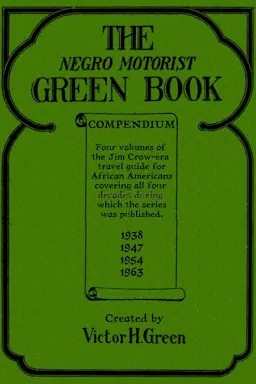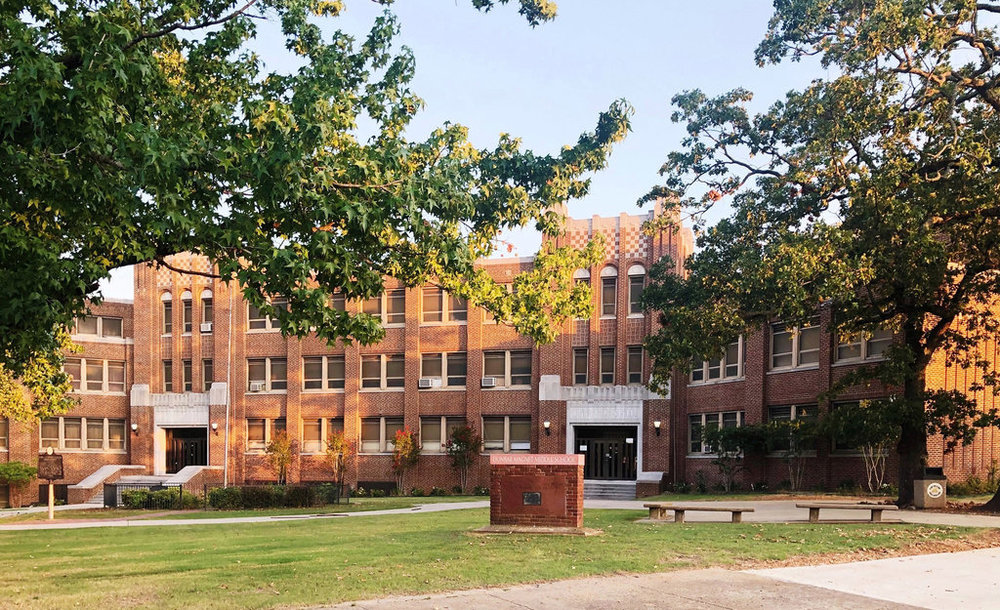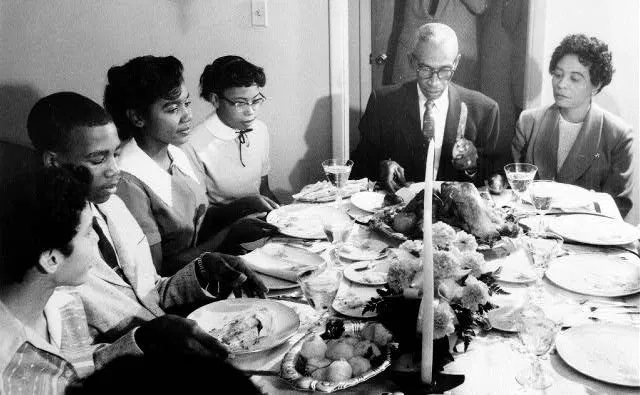By Dr. Curtis Varnell
We are sometimes oblivious to the fact that history is created everyday of our lives. Standing on the steps of Dunbar middle school in Little Rock, realization arrives telling me I have lived through a historic but slow period of change. A few blocks away stands Little Rock Central High, the 1957 center of a bitter strife to achieve equal educational opportunities for all races. Dunbar, built in 1929, was a scaled miniature of Central and served as the regional all “black” school in the separate but equal era that began with the 1896 Plessy vs. Ferguson case.
People now reaching retirement age little realize and seldom remember the changes that occurred during the Civil Rights era of the mid-20th century. In 1957, the Little Rock nine initiated one of the biggest social change of our life-time when they attempted to integrate the public schools of Arkansas. Although initially unsuccessful, their efforts eventually resulted in school integration across the state. It was only the first step in an on-going effort to achieve racial equality.

Students today only see the big picture of racial inequality. They little realize the grass-level inequities that existed and the division that was caused by those inequities. The inequities went far beyond the right to vote or to attend the same public schools. African-Americans were excluded from eating in the same restaurants as whites, had to locate Black only restrooms for use, and were restricted to the back seats in busses and trains. Families as poor as mine, working in the cotton fields were still viewed as “better” than blacks doing the same labor. They were often paid more, had the jobs of plowing or using the farm equipment, and were given better company homes. Water jugs and dippers, sitting at the end of long rows of cotton were clearly marked White and Black. You might share a dipper with a snuff-spitting hillbilly but NEVER with a Black.

Because banks were reluctant to loan money to Blacks, Blacks were often relegated to small shanty communities outside of the larger town. This was even true in the North where racially-divided communities were common and, unfortunately, still exist. In essence, the Blacks were treated similar to Indians and relegated to “reservations” where only they lived. The houses were decrepit and ramshackle, looking like a good strong wind would blow them over. Most were owned by shady investors who charged high rents because the Black worker had such low wages and the inability to borrow money. A mark of success was the ability to buy a large fancy car. The car was not only a symbol of status, they were a necessity for any family that wished to travel. Across Arkansas and America towns enacted“sundown” laws. Large signs posted at the entrance to these towns stated, “Black man, don’t let the sun go down on your back in __.” Enforced by local law, any minority caught in the town could be jailed and fined. Hotels and motels were also marked White Only so the traveler had no-where to stay. The Green Book, first written in 1900 and then updated each decade, provided information to the traveler where they would bewelcomed and where they could spend the night or vacation. Travelling from Fayetteville south or from Ft. Smith east, a family might drive for a half-day or more before locating a place they could visit. Baskets of food were required because many communities would not have a restaurant that would serve Blacks. If you had a large family, a large car was needed because you might have to spend the night sleeping in the seats.
Even with Brown Vs. Board, many schools were essentially segregated because of community isolation of minorities. My home school allowed two black students that lived within the city-limits. The rest attended the community all-black school in Grey Rock. The districts were consolidated and integrated in 1968 without incident. Young people accept change faster. By 1975, two of the eight cheer-leaders and the high school president were black students.
Change occurred slowly, sometimes without notice but there are no more sundown signs, no White only signs, and minorities are not relegated to the back seats. Are we perfect? Not by any means but we are making progress. Our Government and our people might benefit from Robert Frosts words. Although not talking about racial issues, his telling statement was, “I have promises to keep, and miles to go before I sleep.”








